The perfect place for special moments
- 18m2 - 25m2 Size
- 2 Maximum number of guests
High above the Elbe – the perfect backdrop for your holiday
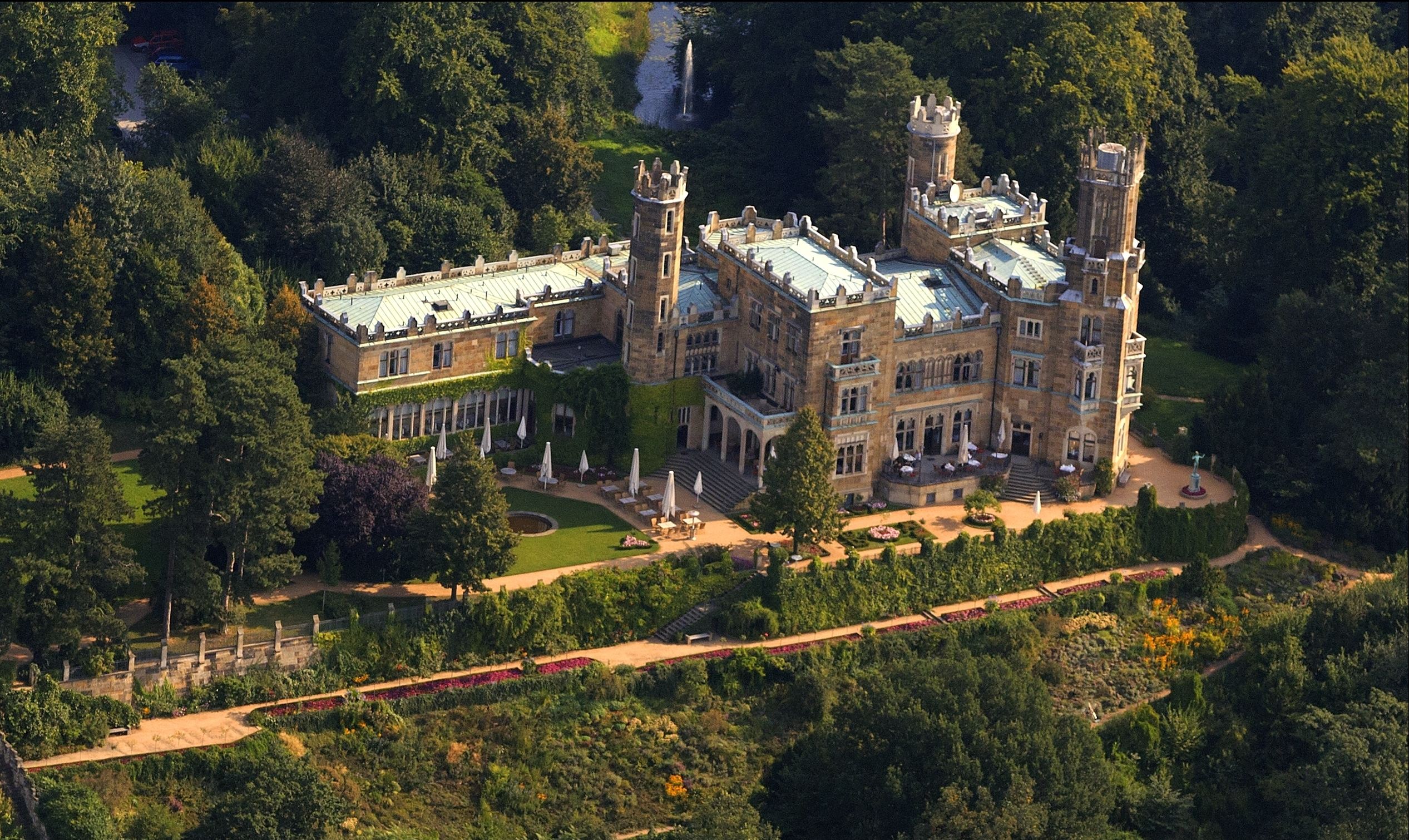
High above the Elbe, set against a sensational backdrop, sits one of Germany’s most beautiful castle hotels.
Magical in every moment: the perfect place for special occasions.
Enjoy the tranquility of the expansive park and the historic rooms or the inspiring atmosphere in one of our modern conference spaces.
Your hosts, Thomas and Odette Gaier
...together with a dedicated team, will warmly and passionately take care of you every moment.
For a first impression, take a look at a drone flight through the park and all the buildings.
Whatever you wish to experience – we’re here for you with personal attention. We look forward to your visit.
Your hosts
Thomas and Odette Gaier
as well as the entire team from Hotel Schloss Eckberg
Check In 15:00
Check Out 11:00
From 6 to 4 weeks before arrival: 20% cancellation fee, from 4 weeks to 8 days before arrival: 50% cancellation fee, from 8 days before arrival: 100% cancellation fee
Distances| Means of transport / Destination | Location | Distance |
|---|---|---|
| Centre | Dresden | 6 KM |
| Central station | Dresden | 7 KM |
| Highway A4, Exit Hellerau | Dresden | 7,5 KM |
| Station "Neustadt" | Dresden | 4,5 KM |
| Airport | Dresden | 10 KM |

Exclusive room for double occupancy in the castle (4-star superior)
The 17 rooms and suites in the castle were individually designed and lovingly furnished with valuable antiques and state-of-the-art comfort. The marble bathrooms have their own distinctive character and evoke the tradition of Tuscan manor houses. From the windows, you can enjoy a breathtaking view of the silhouette of Dresden's Old Town or the Saxon Switzerland. Enjoy the many unique details of these special rooms and treat yourself to a fairytale night. Sleep wonderfully in our 1 x 2 m beds.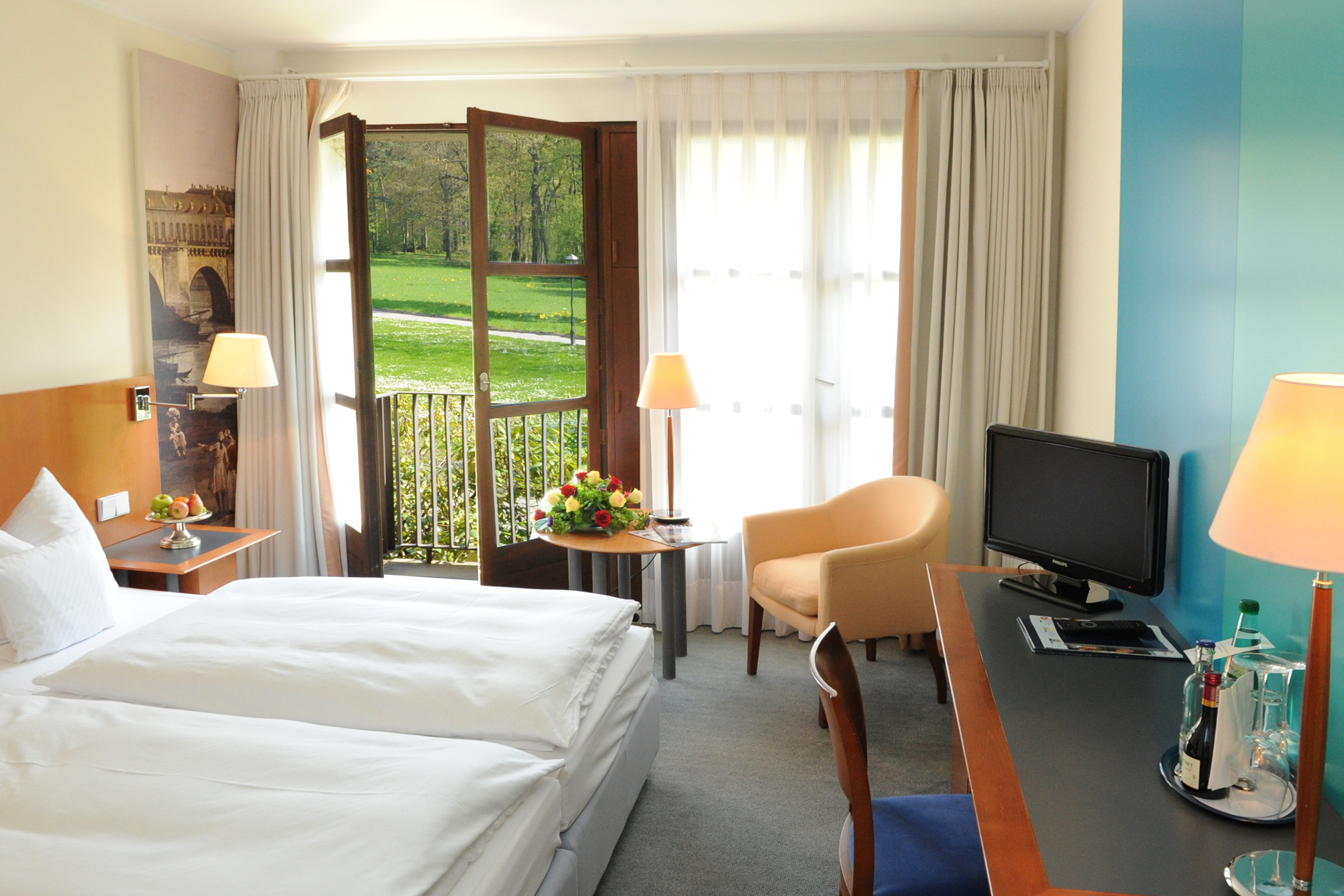
Comfort double room for double occupancy in the Cavalier House in the park (3-star superior)
The Comfort Double Room with a double bed and park or forest view offers all the advantages for a comfortable stay and is located in the 3-star "Pavilion House." The room, measuring 17 sqm, is equipped with a flat-screen TV. WIFI is available in public areas, and parking is free of charge.We’re pleased to inform you that our Green Rate (no room cleaning) is becoming increasingly popular among our guests. For this reason—and also to help avoid an increase in room rates—we have decided not to offer linen changes for stays of up to two nights at the Kavaliershaus***S.
Room cleaning will be provided starting from the third night of your stay.
The room/apartment/property is equipped with
- WLAN
- WLAN in the whole house
- Safe
- Minibar
- Heating
- TV, SAT
Bedroom
- Roomsize under 20m2
- Room size over 20m2
- Single bed
- Linen
- Writing desk
- Room cleaning on request
Bathroom
- Shower
- Bathtub
- WC
- Towels
- Hairdryer
Culinary
- Restaurant
- Breakfast
- Local products
Garden
- Sauna
- Park
Others
- not barrier-free
- Non Smoking
- No pets
- Fitness area
- Parking area
- e-charging station
In the surrounding area
- Hiking
- Culture
Payment
- Online payment/credit card
A short story
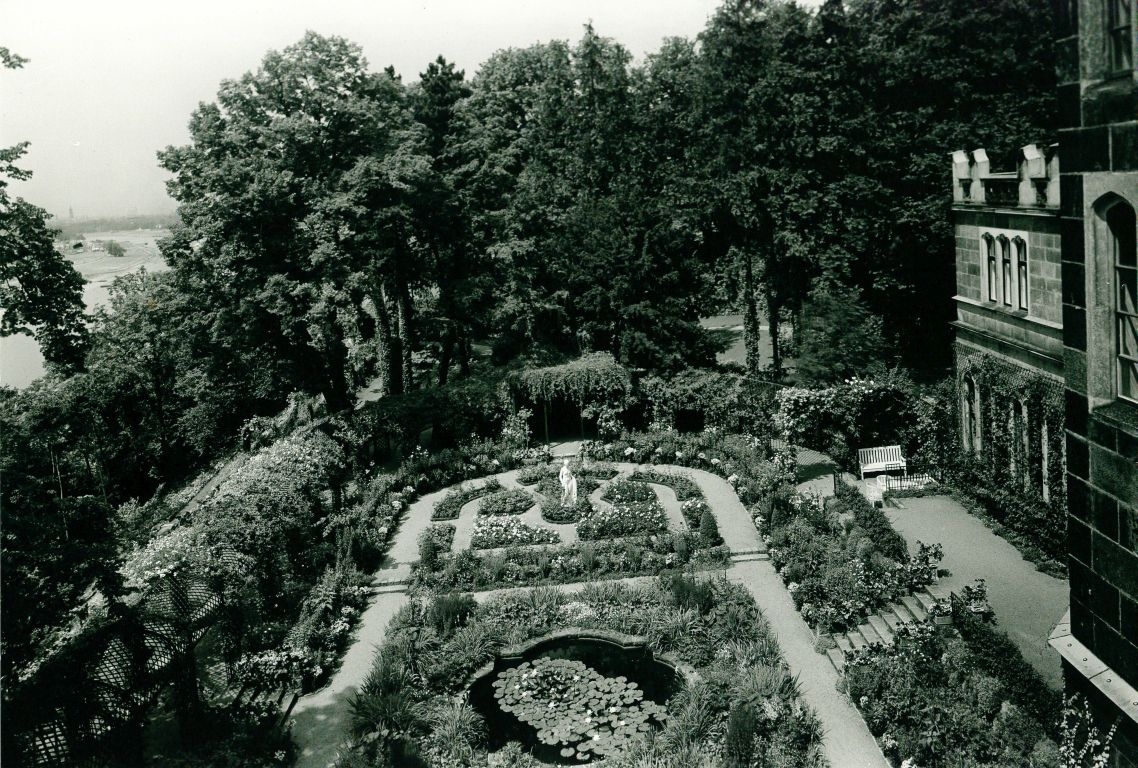
In 1883, his heirs sold the estate to entrepreneur Artur Bruno Wunderlich, "Imperial Persian, Royal Swedish and Norwegian Consul General for Saxony." After Wunderlich's death in 1909, his widow, Anna Wunderlich, rented out the castle. One of the prominent residents was the Austrian confectionery manufacturer Joseph Weiser, who, newly married to his young wife, the actress Grete Weiser, took up residence at Eckberg.
By 1925, the period of renting out the castle had come to an end, and with the new owner Ottomar Heinsius von Mayenburg, the castle entered a new era of prosperity. As the inventor of the aluminum toothpaste tube and the toothpaste "Chlorodont," von Mayenburg had the financial means to fulfill his dream of acquiring Schloss Eckberg. AS a trained botanist, von Mayenburg was particularly passionate about the park, which underwent a major transformation in the following years. The elaborate park, featuring a rock garden, rose wall, and wildflower meadow, was designed and maintained by 18 gardeners under the supervision of Mayenburg’s head gardener, Emil Metzner.
After World War II, the von Mayenburg family left Eckberg in 1947 and was expropriated in 1952. Until 1968, the castle was used as a workers' and farmers' faculty and a student dormitory. In 1969, a branch of the research center of VEB Robotron Dresden moved into the buildings and used it for the development of memory chips.
With the departure of the institute in 1980, the once-neglected castle found a new purpose. As East Germany (GDR) began to rediscover its historical heritage, a new approach to the remnants of Romanticism emerged. The dilapidated castle was converted into a hotel and operated as the "Youth Tourist Hotel Schloss Eckberg" from 1985 to 1990.
Following the reunification and the accompanying restitution, the Munich-based company ARGENTA has been the owner of Schloss Eckberg since 1995. Between 1996 and 1997, the castle, auxiliary buildings and gardens underwent extensive restoration and redesign and since then, it has been operated as a hotel and restaurant.


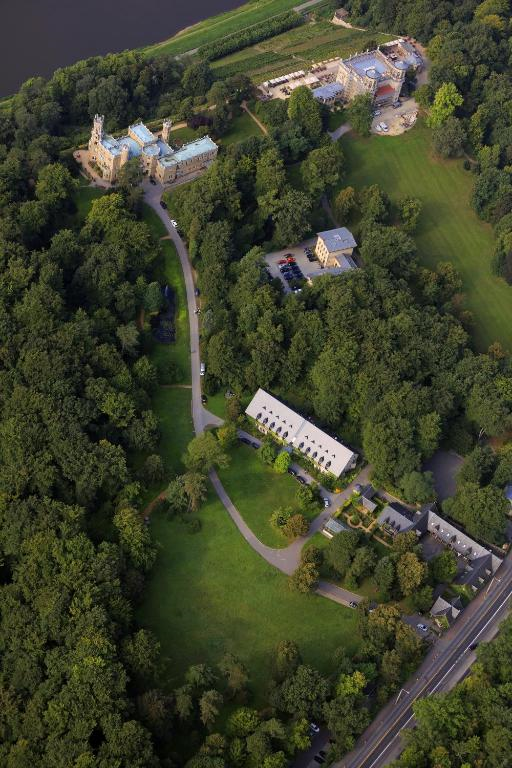
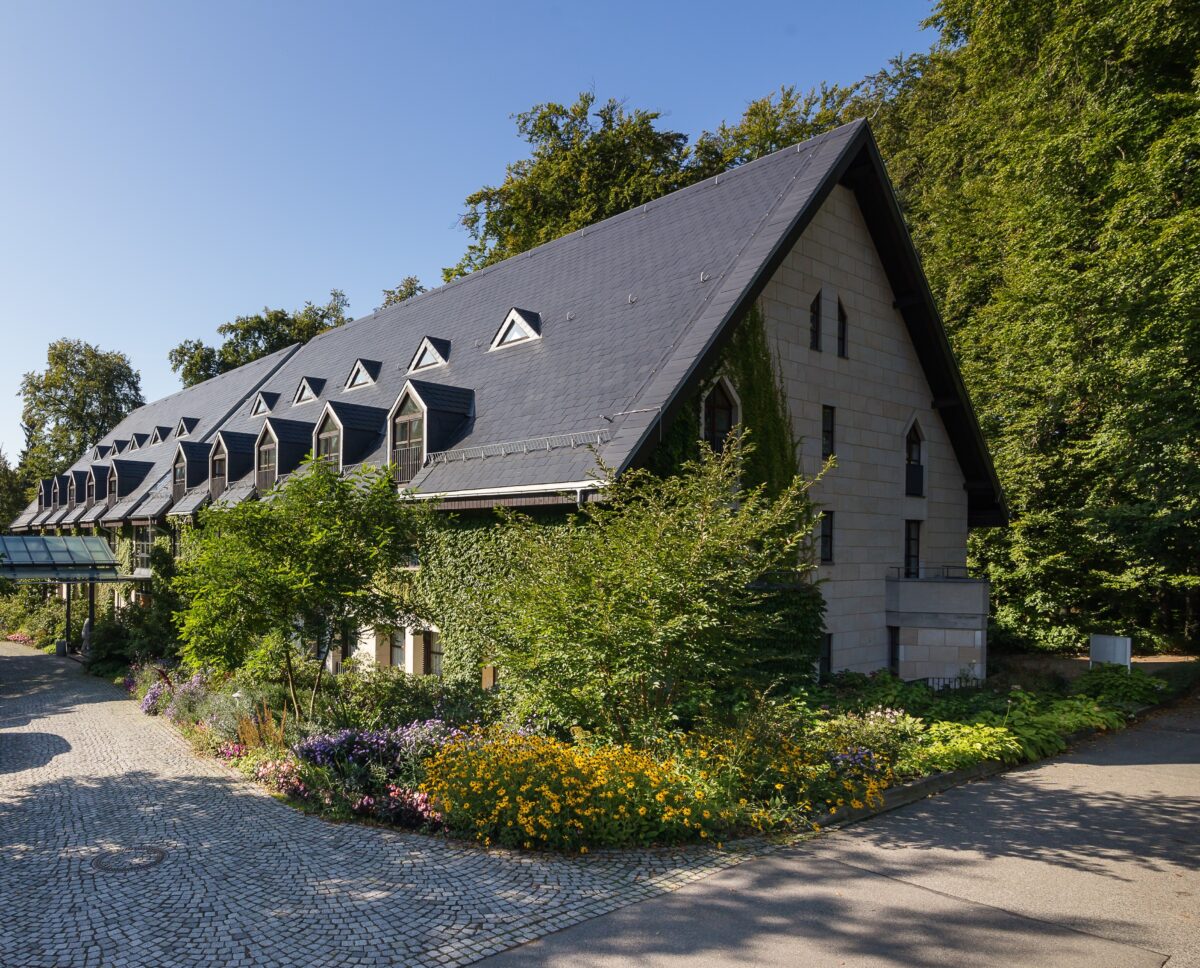
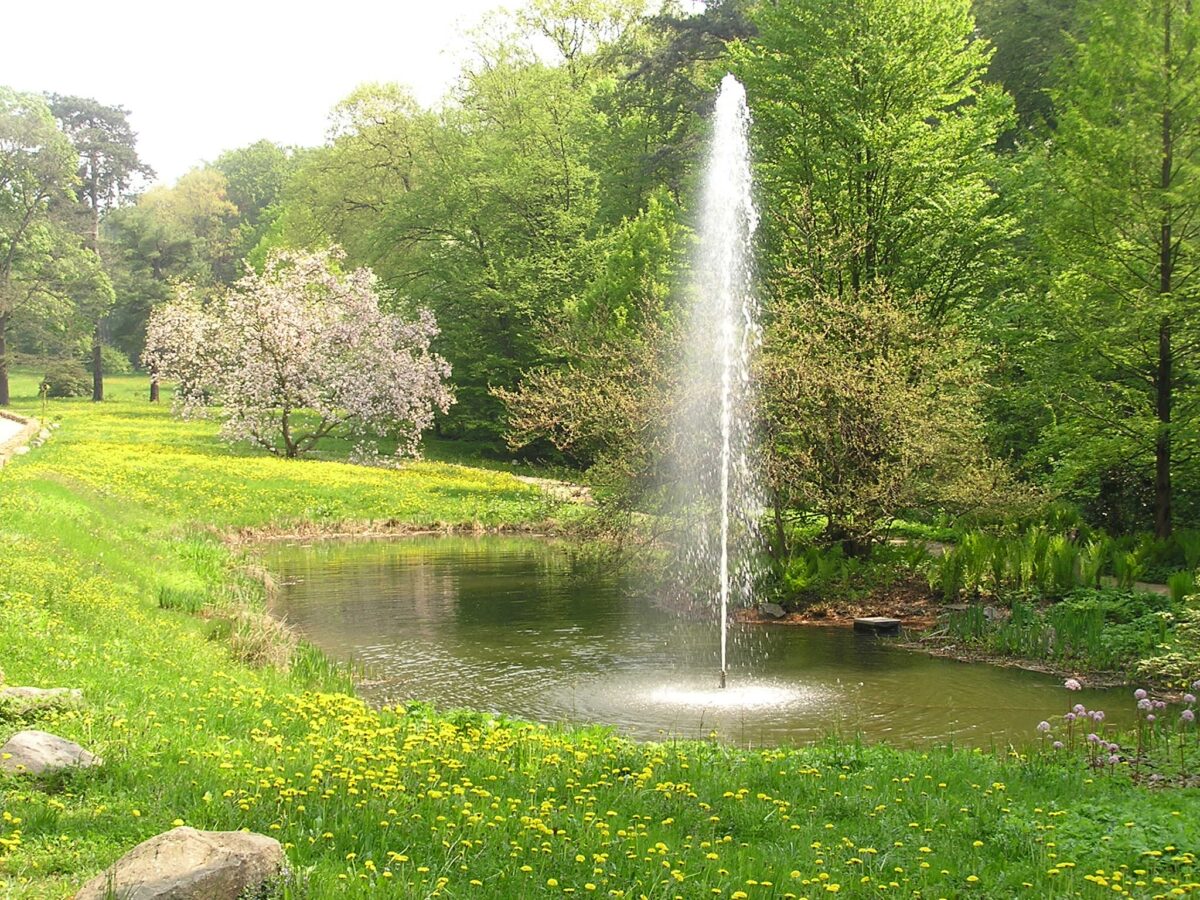 >
>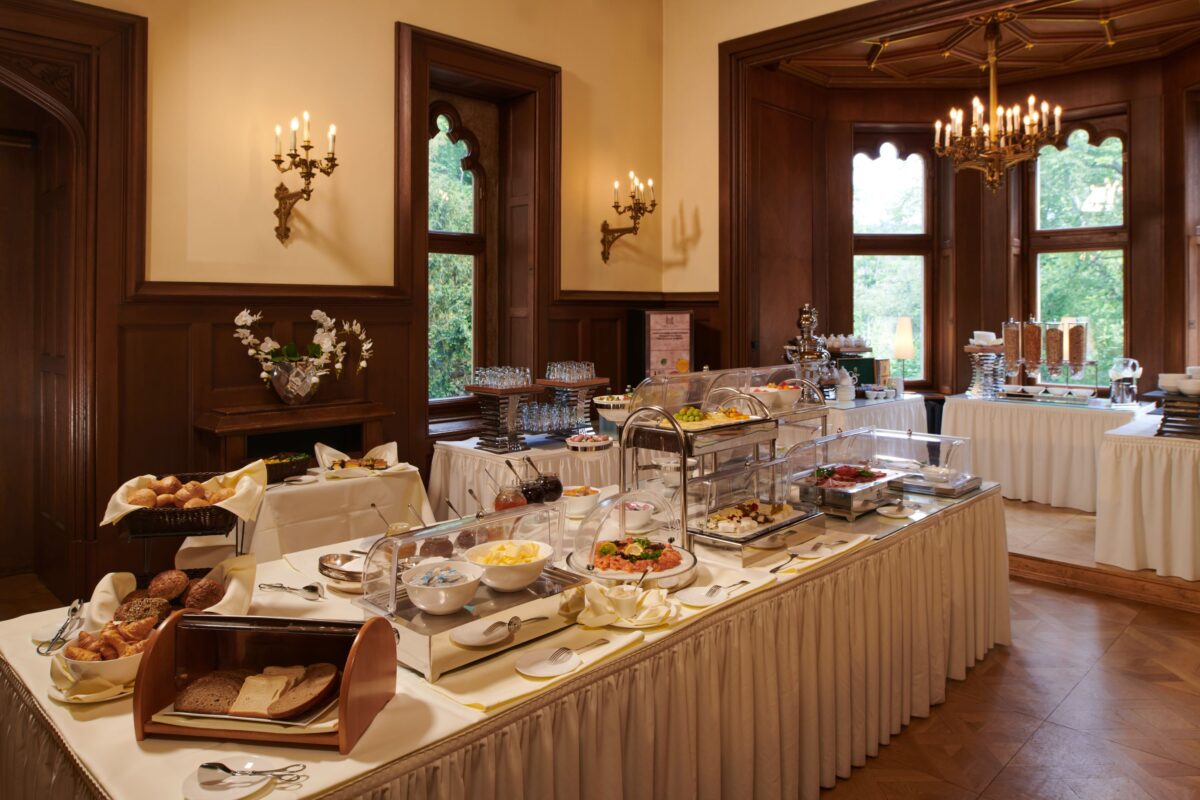
Schreibe einen Kommentar